Violent Protest and Heterogeneous Diffusion Processes: The Spread of U.S. Racial Rioting From 1964 to 1971
This analysis of the diffusion of racial rioting in the United States applies recently developed extensions of event history analysis to the spread of rioting from 1964 to 1971. Contrary to early analyses of riot diffusion, the results demonstrate that diffusion is a critical force behind the pattern of rioting. The analysis identifies several types of diffusion in the riot cycle, demonstrating that contagious influence from riots decays over time, is mitigated by geographic distance, and is conditional on riot severity. Methodologically, the analysis produces extensions of prior event-history diffusion models that facilitate their use with collective violence and protest data. for comments on earlier drafts, Gregg Carter for providing his riot data, and Victoria Myers for assistance locating and retrieving original data.

